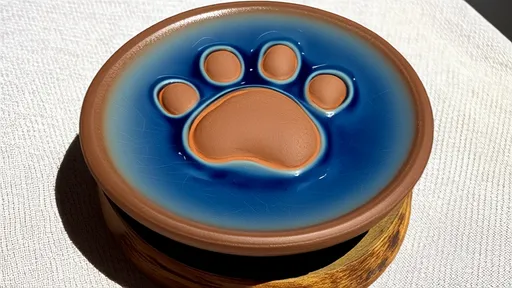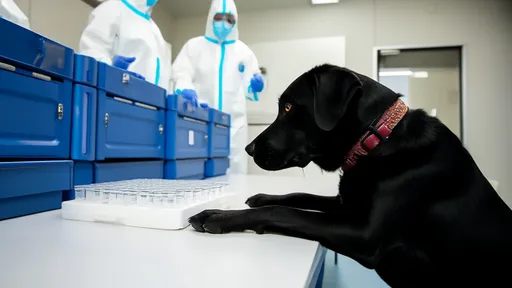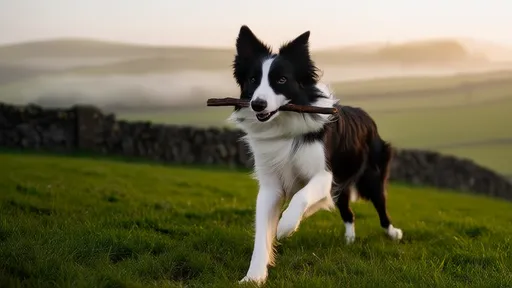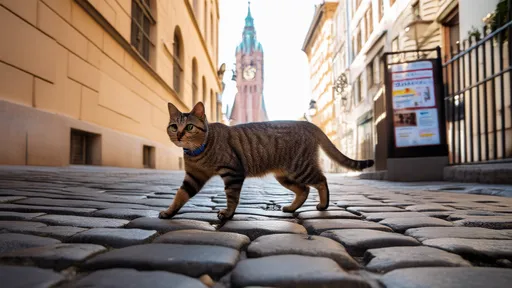In a quiet corner of the countryside, far from the hustle and bustle of urban life, a remarkable training facility is making waves in the fight against COVID-19. This is no ordinary research lab or medical center—it’s a training base for detection dogs, where highly skilled canines are being taught to sniff out the coronavirus with astonishing accuracy. These four-legged heroes are proving to be invaluable allies in the global pandemic response, offering a faster, non-invasive, and cost-effective alternative to traditional testing methods.
The concept of using dogs to detect diseases isn’t entirely new. For years, dogs have been trained to identify various medical conditions, including cancer, diabetes, and even malaria, thanks to their extraordinary sense of smell. A dog’s nose contains up to 300 million olfactory receptors, compared to a human’s mere 6 million. This makes them exceptionally adept at detecting subtle chemical changes associated with diseases. When the pandemic hit, scientists and trainers wondered: could dogs be trained to detect COVID-19?
The answer, as it turns out, is a resounding yes. At this specialized training base, dogs are exposed to sweat samples collected from both COVID-positive and COVID-negative individuals. Through rigorous conditioning, the dogs learn to distinguish between the two, signaling a positive case by sitting or pawing at the sample. The results have been nothing short of remarkable. Some dogs have demonstrated accuracy rates exceeding 95%, rivaling—and in some cases surpassing—the reliability of PCR tests.
Training these canine detectives is no small feat. It requires patience, expertise, and a deep understanding of animal behavior. Each dog undergoes months of intensive training, starting with basic scent recognition before progressing to more complex tasks. The trainers use positive reinforcement techniques, rewarding the dogs with treats or playtime when they correctly identify a positive sample. Over time, the dogs become increasingly proficient, able to detect even asymptomatic cases with minimal false positives.
The implications of this breakthrough are profound. In airports, stadiums, and other high-traffic areas, sniffer dogs could provide rapid, large-scale screening, helping to curb the spread of the virus without the need for invasive swabs or lengthy lab processing. This is particularly valuable in regions with limited access to testing facilities or where resources are stretched thin. Moreover, the dogs’ ability to work in real-time makes them ideal for identifying potential outbreaks before they escalate.
But the work doesn’t stop at COVID-19. Researchers believe that the same principles could be applied to other infectious diseases, opening the door to a new era of medical detection. Imagine a future where dogs are deployed to screen for flu, tuberculosis, or even emerging pathogens, providing an early warning system that could save countless lives. The potential is limitless, and the success of this program has already sparked interest from governments and health organizations worldwide.
Behind every successful detection dog is a team of dedicated trainers and scientists who have poured their hearts into this innovative approach. Their work is a testament to the power of collaboration between humans and animals, showcasing how unconventional thinking can lead to groundbreaking solutions. As the pandemic continues to evolve, these sniffer dogs stand as a symbol of hope—a reminder that even in the darkest times, ingenuity and perseverance can light the way forward.
The story of these COVID-sniffing dogs is more than just a scientific curiosity; it’s a celebration of the bond between humans and animals. These dogs aren’t just tools or instruments—they’re partners in the fight against an invisible enemy. Their unwavering dedication and incredible abilities remind us that sometimes, the most effective solutions come from the most unexpected places. And as the world grapples with the ongoing challenges of the pandemic, these furry heroes are proving that man’s best friend might also be humanity’s greatest ally.

By /Jul 7, 2025

By /Jul 7, 2025

By /Jul 7, 2025

By /Jul 7, 2025

By /Jul 7, 2025

By /Jul 7, 2025

By /Jul 7, 2025

By /Jul 7, 2025

By /Jul 7, 2025

By /Jul 7, 2025

By /Jul 7, 2025

By /Jul 7, 2025

By /Jul 7, 2025

By /Jul 7, 2025

By /Jul 7, 2025

By /Jul 7, 2025

By /Jul 7, 2025

By /Jul 7, 2025